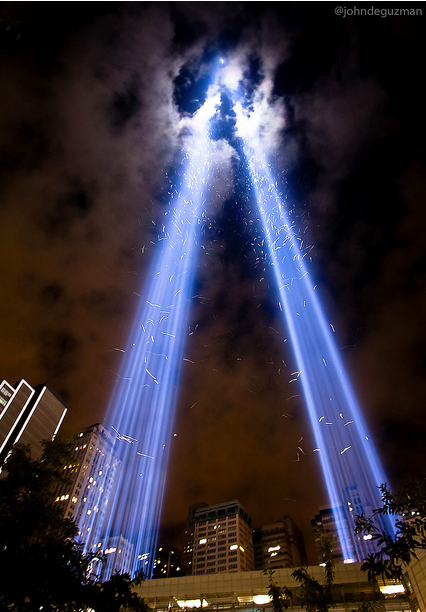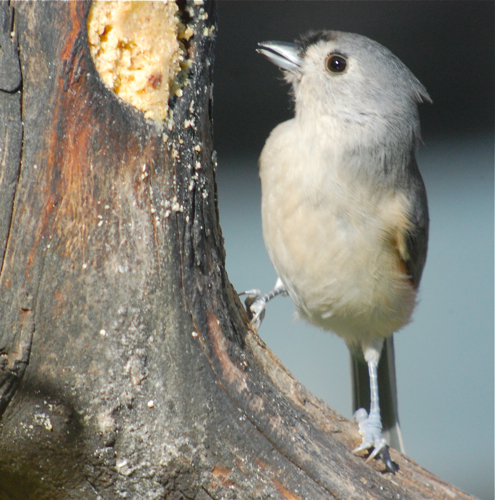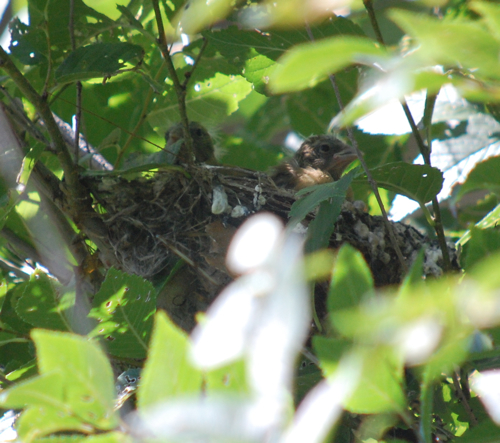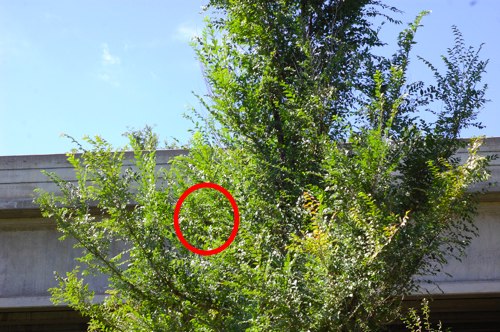Sometimes, people with the best intentions get tripped up with the big picture. September 11, 2001 was a dark day, a horrible day and some people are still suffering from it. On every September 11th since 2001, the Municipal Art Society has shone two bright lights skyward from Manhattan's Financial District called Tribute of Light:

This is a photo from wiki common--that's a pretty bright light. I've seen lights like this shoot up from buildings in Las Vegas and other countries and I've always wondered how that affects birds during migration. Especially someplace like New York which is part of a major migratory corridor. If weather conditions are right and thousands of birds are migrating over that right on September 11...what would happen?
This year, we found out what would happen when more than 10,000 birds flew into the beams and got trapped and appeared to be unable to fly away. Since we are in the age of everyone photographing and taking of video of what they see--we have documentaion of it. Here's a photo:

The photographer, John de Guzman posted some of his shots on Flickr from September 11, 2010 and wasn't sure what the specks were--but thought they were cool. I'll admit, it does look cool...but I know that those are birds and I know what was happening. These are migrating birds like thrushes, vireos, grosbeaks, warblers, tanager, flycatchers, sparrows--you name it trapped and confused in the beams of light. If they get stuck in those beams and fly in one spot all night, they lose crucial energy and time that they need in their marathon to head south. Birds have a higher metabolism than we do and they burn their fat reserves quickly. Would they be able to find more food (and enough of it that hadn't already been eaten) and till get down to their migratory routes in time?
According to an interview on Animal Planet's website New York City Audubon has kept an eye on the light tribute, and when they saw the gathering of helpless birds, let the Municipal Art Society know so they could shut down the beams (Migratory birds are protected by federal law).
"We have a protocol in place in partnership with the Municipal Arts Society in case something happens like it did on Saturday night," explains John Rowden, Citizen Science Manager for NYC Audubon. "There were huge numbers of birds flying through and large numbers did have difficulty navigating out of the beams. Through the course of the night we shut the lights off five times for approximately 20 minutes each time, which allowed the birds to clear out (and then new birds moving through would accumulate). The Municipal Arts Society were very supportive of our goals of minimizing risk to migratory birds." A similar situation happened in 2004 but because of the ways birds navigate the skies, and the way local weather affects their migration routes, these large numbers of migratory birds do not always pass through NYC on September 11th.
It was a relief to read that the Municipal Arts Society was willing to compromise and turn the lights off for 20 minutes at a time to help the birds move on. Sometimes artists think in different ways than scientists and egos can get in the way, I'm happy that didn't happen here.
You can read more about it at Wired Science and below is a video of the event. It looks like it was a pretty spectacular site. This also goes to show that sometimes before we build, we need to take in the Big Picture.
[youtube]http://www.youtube.com/watch?v=vW10df0MNk8&feature=player_embedded[/youtube]


 Provided there isn't major flooding tonight in the Twin Cities, I'll be at the
Provided there isn't major flooding tonight in the Twin Cities, I'll be at the 



